Children & Dogs: Keeping Everyone Happy & Safe
Getting things right from infanthood is important for safety and positive relationships between children and dogs. We can empower children by teaching them how to read dog body language and interact appropriately and compassionately with dogs, all while keeping things safe through active supervision and management.
Ages & Stages
Ages and stages can require different management and interaction strategies. They key to maintaining a safe and happy household is understanding:
Why dogs can be impacted during different stages of child development
What our dogs are saying
How we can safely manage cohabitation and interactions
When to intervene
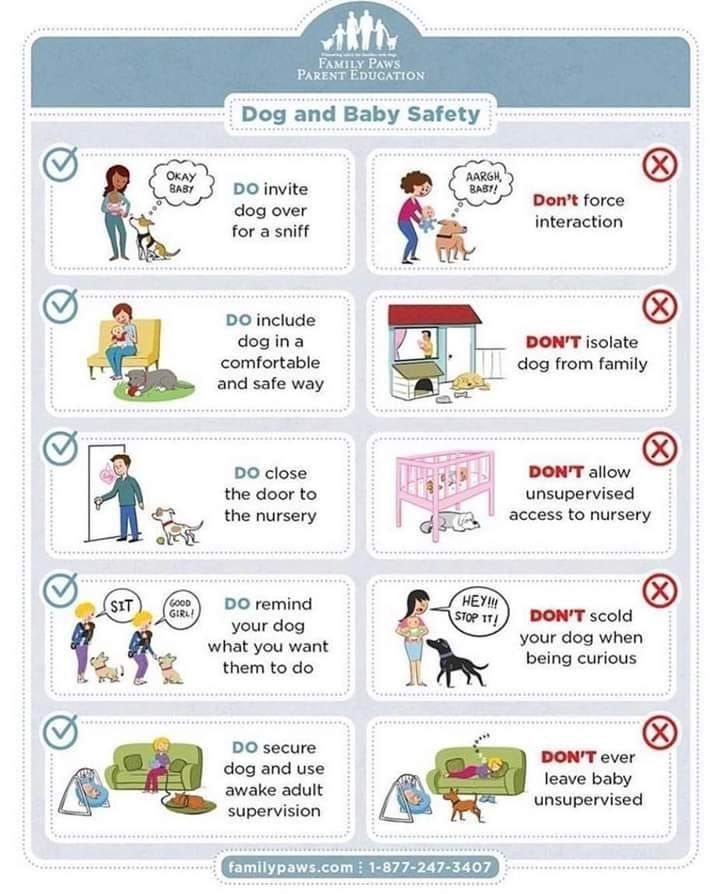

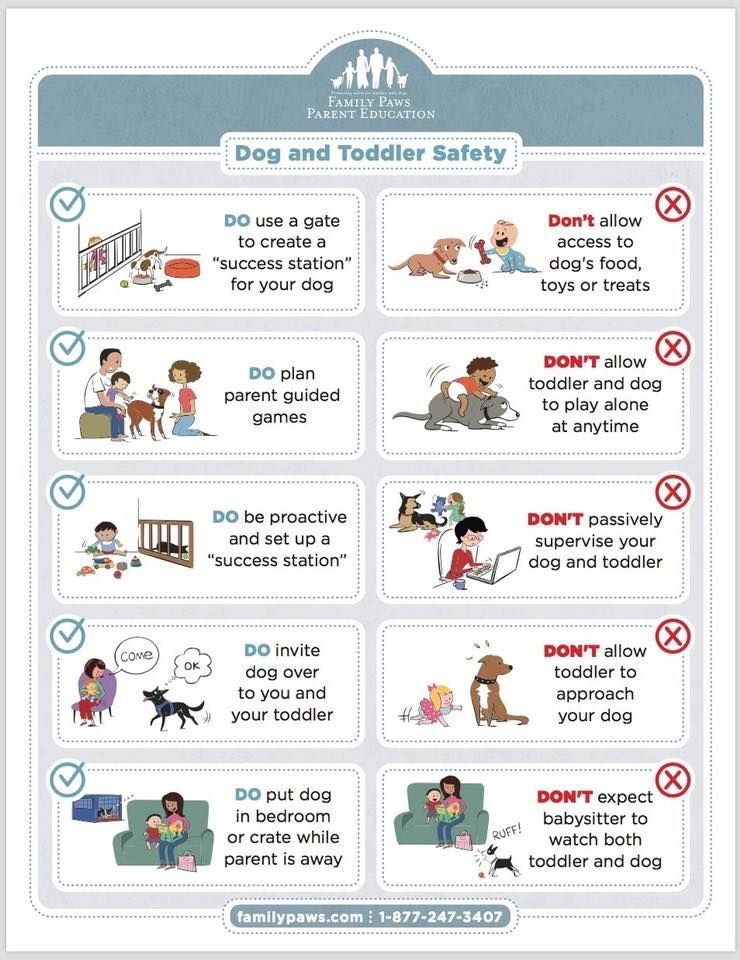

Children & Dogs: Interactions & Supervision
It's important to teach children how to interact with dogs safely and compassionately - not only will this foster positive relationships, it will support your child safety around dogs into the future. While they are learning, it is our job to ensure that everyone is feeling safe and positive by using proactive management and intervening as needed to avoid negative experiences.
Giving children things to do is a great way to support their engagement in learning about safe and happy dog interactions. An important part of this is learning how to read, and interpret, dog body language. Appropriate interactions with dogs needs to be taught - it isn't something we're born with!
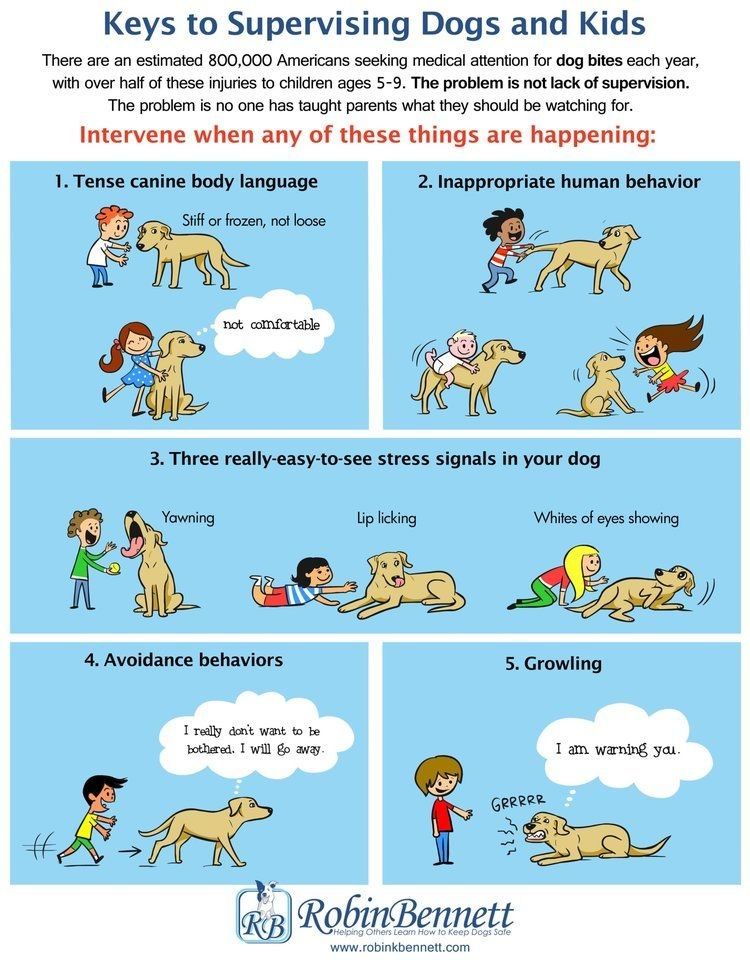
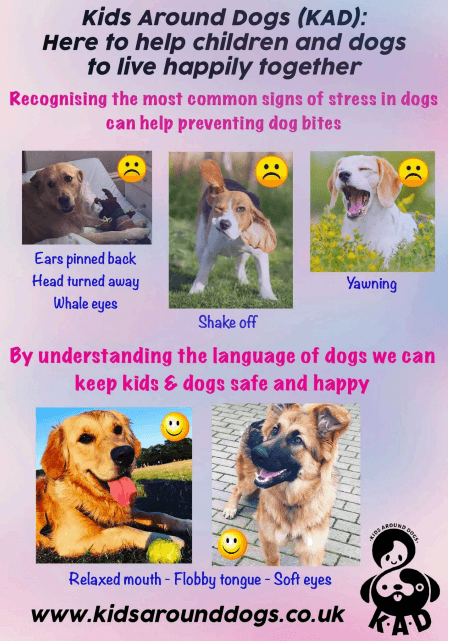
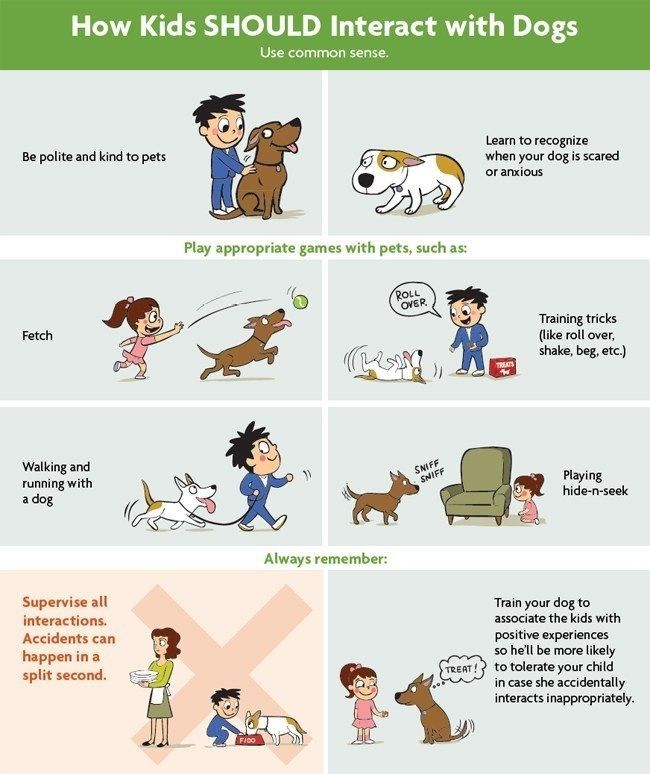
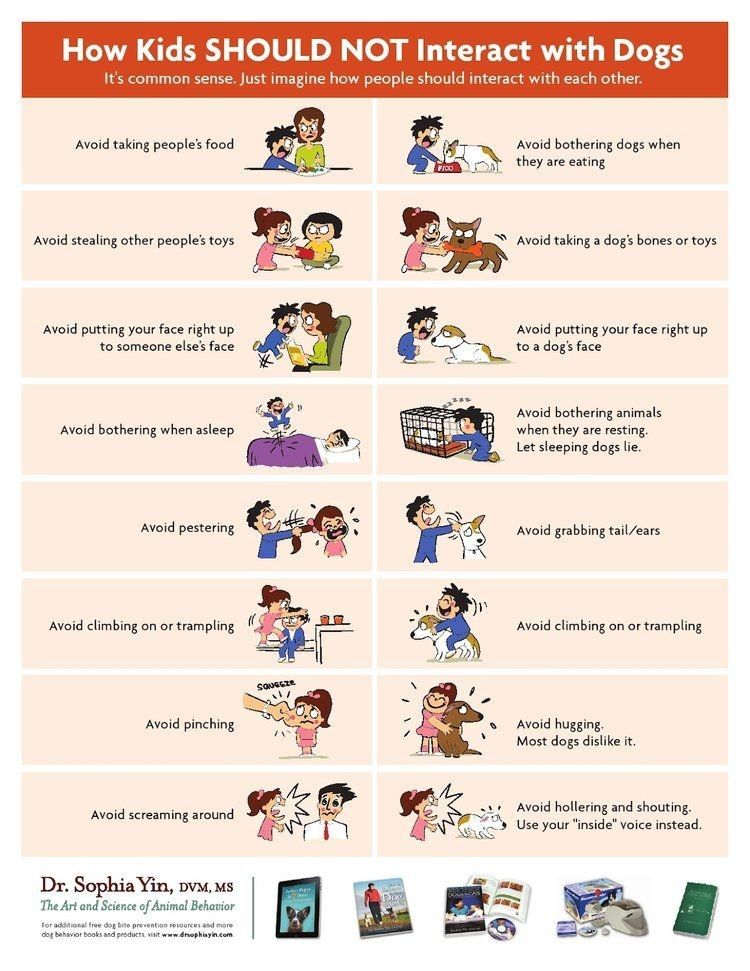
I highly recommend Turid Rugaas's visual guide on Calming Signals in dogs to have on hand in your home. Learning to 'speak dog' is good for everyone. You can find a Christchurch (NZ) supplier here: On Talking Terms With Dogs: Calming Signals
Additionally, here are great resources for kids to get involved:
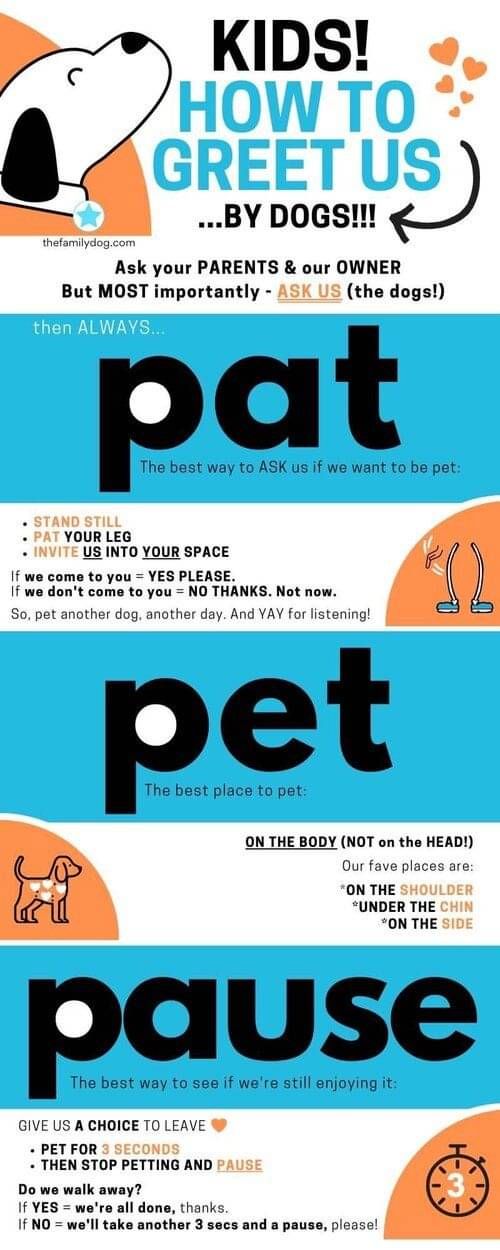
Children and family members
All about keeping children safe around dogs, establishing healthy habits between family members and cats and other dogs in the household.